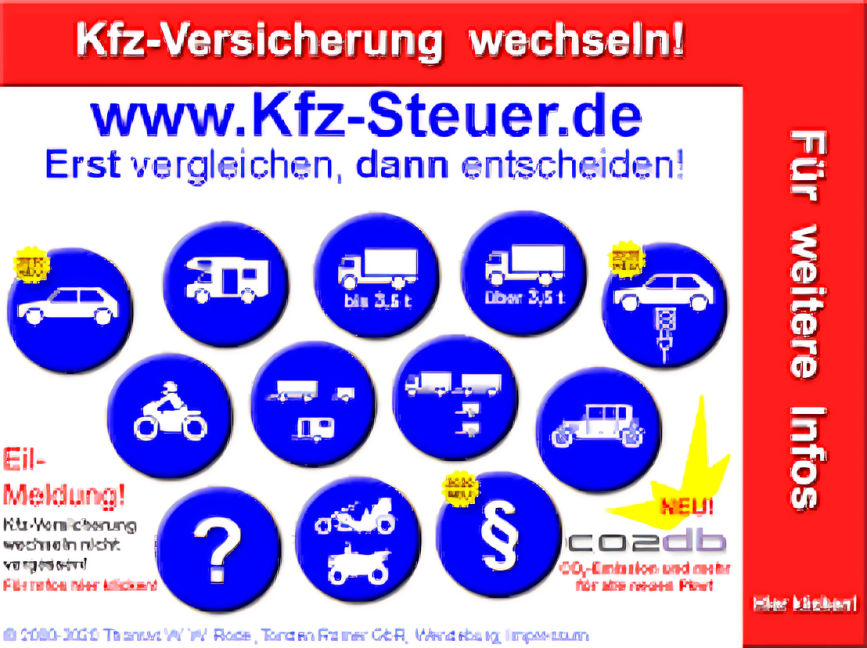Electric vehicles (EVs) are no longer just a niche market; they’ve become a driving force in the automotive landscape. As we step into 2023, the momentum behind EV sales is undeniable, and it’s not simply a trend—it’s transforming how we think about transportation. With sleek designs and innovative technology, these vehicles have captured the imaginations of consumers worldwide.
But what’s fueling this rise? Factors ranging from government incentives to shifting consumer attitudes toward sustainability are playing pivotal roles in making electric cars more appealing than ever before. Join us as we explore why 2023 is shaping up to be a breakthrough year for EV sales and what it means for both car buyers and the planet alike.
Factors Contributing to the Rise of EV Sales in 2023

Government incentives are playing a crucial role in boosting EV sales. Many countries have introduced tax credits and rebates for electric vehicle purchases. These financial perks make EVs more accessible to the average consumer.
Advancements in technology have also fueled this growth. Battery efficiency is improving, leading to longer ranges and quicker charging times. This addresses one of the key concerns consumers have about switching from traditional vehicles.
Infrastructure development is another significant factor. More charging stations are popping up across cities and highways, making it easier for drivers to recharge their electric vehicles on the go.
Changing consumer attitudes towards sustainability cannot be overlooked. As awareness of climate change rises, many individuals seek eco-friendly alternatives to reduce their carbon footprints. This shift is driving demand in a major way for electric vehicles now more than ever.
A. Government incentives and regulations
Government incentives are playing a pivotal role in boosting EV sales. Many countries have introduced tax credits and rebates for electric vehicle buyers, making the transition to an EV more affordable.
Regulations aimed at reducing greenhouse gas emissions further fuel this growth. Stricter emission standards encourage manufacturers to invest in electric models, leading to a wider selection for consumers.
Additionally, some regions are implementing low-emission zones that restrict traditional vehicles from accessing certain areas. This pushes drivers toward cleaner alternatives as they seek practicality alongside compliance.
These initiatives not only make owning an EV more appealing but also signal a clear commitment from governments worldwide to drive the shift towards sustainable transportation. As these policies evolve, expectations for increased adoption of electric vehicles rise steadily across various markets.
B. Advancements in technology and infrastructure
Advancements in technology are a driving force behind the surge in EV sales. Battery efficiency has improved dramatically, allowing electric vehicles to travel longer distances on a single charge. This development addresses one of the biggest concerns potential buyers have: range anxiety.
Moreover, charging infrastructure is expanding rapidly. More charging stations are appearing across urban and rural areas alike. Fast chargers enable drivers to recharge their vehicles quickly, making long trips more feasible than ever.
Innovations in smart grid technology also play a crucial role. These systems optimize energy distribution and help reduce costs for consumers. As renewable energy sources become more integrated into our grids, powering EVs with clean energy becomes increasingly accessible.
All these advancements create an ecosystem that supports electric vehicle adoption, encouraging both new buyers and seasoned enthusiasts to make the switch sooner rather than later.
C. Changing consumer attitudes towards sustainability
Consumers are increasingly aware of their environmental impact. This shift in mindset has led many to prioritize sustainability in their purchasing decisions.
Electric vehicles have become a symbol of this change. More people now view EVs as not just an alternative mode of transport but also as a responsible choice for the planet.
Social media and online platforms amplify these values, fostering communities that celebrate eco-friendly living. As individuals share their experiences with electric vehicles, they inspire others to reconsider traditional gas-powered cars.
Younger generations, in particular, are driving this trend. They demand transparency from brands and expect companies to take meaningful steps toward sustainability. Their preferences shape market dynamics and push automotive manufacturers towards greener options.
This evolving attitude is more than a passing trend; it reflects a deeper commitment to preserving our environment for future generations.
The Impact of EV Sales on the Automotive Industry
The surge in EV sales is shaking up the automotive industry like never before. Traditional car manufacturers are feeling the pressure to innovate rapidly or risk losing market share. Many are pivoting their strategies to include electric models alongside gas-powered vehicles.
New players are emerging, capitalizing on the demand for sustainable options. Startups focused solely on electric technology are drawing investors and customers alike, bringing fresh ideas to a crowded field.
This shift also impacts supply chains and production processes. Manufacturers must adapt to new materials and technologies that come with EVs, which could reshape everything from assembly lines to parts sourcing.
Moreover, as consumer preferences evolve towards green transportation, automakers need to rethink their branding and marketing strategies. The future of mobility is undeniably electric, shaping not only what cars we drive but how they’re built and sold across the globe.
A. Disrupting traditional car manufacturers
The surge in EV sales is shaking up the automotive landscape. Traditional car manufacturers are feeling the pressure as electric vehicles gain traction.
Legacy brands, known for their gasoline-powered models, now face fierce competition from startups and tech giants entering the market. These new players often come with innovative designs and cutting-edge technology that appeal to modern consumers.
As a result, established companies must adapt quickly or risk becoming obsolete. Some have begun to pivot towards electric mobility by investing heavily in research and development of EVs. Others are forming strategic partnerships with battery producers to enhance their offerings.
This shift isn’t just about keeping pace; it’s redefining what consumers expect from vehicles today. Features like connectivity, sustainability, and performance are taking center stage in this evolving narrative. The right moves could determine which traditional manufacturers thrive amidst this disruption or fade away into history’s rearview mirror.
B. Creating opportunities for new players in the market
The surge in EV sales is opening doors for numerous new players in the automotive market. Startups and tech companies are now entering a space traditionally dominated by established manufacturers. This shift fosters innovation and creativity.
With advancements in battery technology, software integration, and manufacturing processes, fresh ideas can flourish. New entrants often approach challenges differently, leading to unique designs and features that appeal to environmentally conscious consumers.
Additionally, collaborations between traditional automakers and tech firms are becoming more common. These partnerships blend expertise from both worlds, enhancing product offerings.
Investors are keen on supporting these newcomers as they recognize the potential for growth within the industry. As consumer demand rises, opportunities increase for those willing to adapt quickly and offer sustainable alternatives.
This evolving landscape promises exciting changes ahead as diverse brands vie for attention in an increasingly competitive environment.
The Role of Electric Vehicles in Combating Climate Change
Electric vehicles are more than just a trend; they represent a vital shift in our approach to transportation and its impact on the environment. By replacing traditional gasoline-powered cars, EVs drastically cut greenhouse gas emissions. This reduction plays a significant role in combating climate change.
Additionally, as battery technology improves, charging becomes cleaner with renewable energy sources like solar and wind power. This synergy between EVs and green energy enhances their environmental benefits even further.
Moreover, electric vehicles contribute to improved air quality in urban areas. Fewer emissions mean less pollution, leading to healthier communities.
As consumers embrace sustainable practices, the demand for EV sales continues to rise. Each new vehicle adds momentum to this crucial movement toward a greener future—one where reducing carbon footprints is not just an option but an expectation.
Conclusion
The surge in EV sales in 2023 marks a transformative period for the automotive landscape. Government incentives and stricter regulations are fostering an environment ripe for electric vehicle adoption. Meanwhile, advancements in technology are making EVs more accessible than ever, with charging infrastructure expanding rapidly.
As consumer attitudes shift towards sustainability, it’s clear that buyers prioritize eco-friendly options. This growing demand is disrupting traditional car manufacturers who must adapt or risk obsolescence. On the flip side, new players are entering the market, bringing innovation and fresh ideas to energize competition.
Electric vehicles play a crucial role in combating climate change as they reduce greenhouse gas emissions significantly compared to their gasoline counterparts. Each EV sold contributes to a greener future and offers hope for our planet’s health.
With all these factors at play, 2023 stands out as a pivotal year for EV sales—a turning point where electric mobility becomes not just an option but an essential part of our daily lives. The road ahead looks promising as we embrace this electrifying revolution together.



